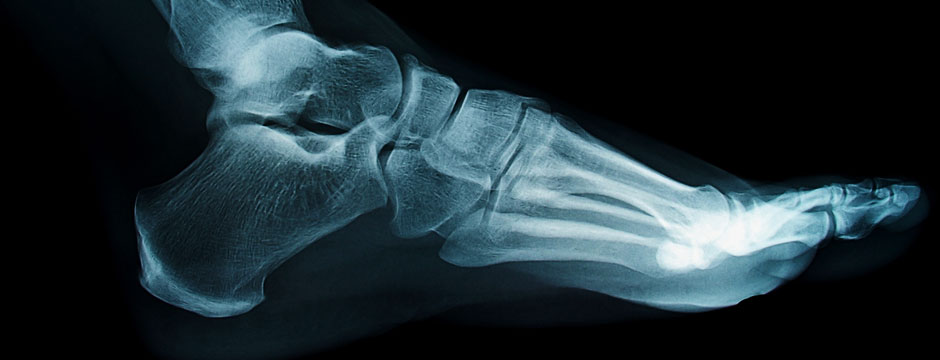
X-ray cameras enable advanced imaging of the human body and objects in space. Courtesy of Associated X-ray.
Introduction
X-rays are one of the most versatile forms of radiation. The rays can penetrate thick objects without absorbing or scattering, rendering them extremely useful for imaging purposes. X-ray imaging detectors have advanced from photographic-based systems to digital detector types. These new x-ray cameras produce high-resolution, full-framed images in real time within medical and space-imaging industries. X-ray cameras are a quintessential part of high energy detection for x-ray spectroscopy purposes.
A Brief History of X-Rays
German physicist Wilhelm Roentgen became the first person to observe X-rays when he was investigating the range of cathode tube rays. Roentgen saw a fluorescence on a screen nine feet away after he shielded the tube with heavy black cardboard. He then concluded that the tube must be emitting radiation invisible to the eye that is also able to penetrate cardboard. He dubbed the mysterious radiation “X-rays” to signify their unknown nature. His findings revolutionized the fields of medicine and physics. Within one year of the announcement of Roentgen’s discovery, x-rays were an established method in diagnosing and treating medical patients.
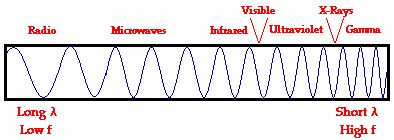
The above figure shows the EM spectrum with relative wavelengths and frequencies. Courtesy of The Physics Classroom.
Properties of X-rays
Charged particles with adequate energy produce X-rays when they hit a metal. They possess a wavelength shorter than that of visible or UV light, therefore corresponding to much higher energy radiation. X-rays are classified under two types: soft and hard. Soft x-rays have lower frequencies and higher wavelengths than hard x-rays. This puts them in the UV range in the electromagnetic spectrum. Hard x-rays, meanwhile, occupy the gamma-ray range. All X-rays are electrically neutral and therefore unaffected by electric or magnetic fields.
Radiography
Radiography a is common imaging technique that utilizes x-rays to view internal structures of an object. This method projects a beam of X-rays toward the object of interest where a certain amount of radiation will be absorbed. X-ray cameras capture the rays that traverse the object on the opposite side to characterize the object. Radiography is a low dose, non-destructive technique of x-ray imaging.
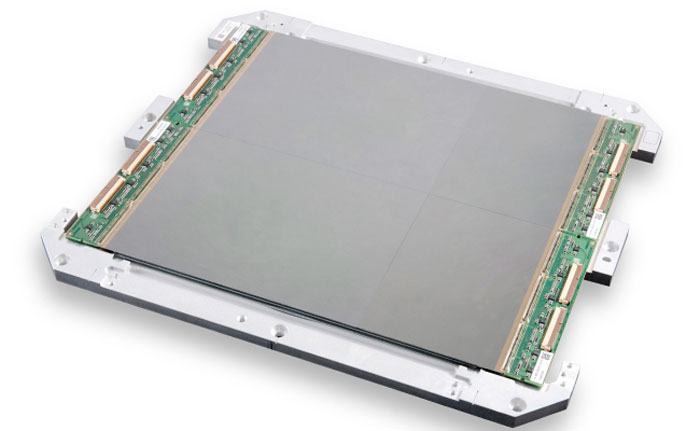
CMOS detectors record high-resolution x-ray radiation in real time. Courtesy of Medical Physics Web.
X-ray imaging detectors
X-ray cameras incorporate various types of imaging detectors to produce optimal images. These detectors are typically comprised of image plates or flat panel detectors that read. Using CCD and CMOS-based cameras allows for low dose imaging. This is especially critical in X-ray imaging because x-ray radiation can be particularly damaging on the human body or the material of interest. Detector-based X-ray cameras record images electronically, enabling simple recording and storage. For additional information on CCD and CMOS detectors, check out this article on spectroscopy cameras.
You might also be interested in our Essential Guide to Streak Cameras.
CCD Detectors
Researchers directly expose CCD detectors to incoming X-ray photons, resulting in direct absorption. The detectors identify the radiation and work in tandem with a computing system to characterize the object of interest. CCDs are extremely sensitive, but computing capabilities are limited by the size of the sensor.
CMOS Detectors
CMOS image detectors are ideal candidates for x-ray cameras because they are able to record smaller image details with higher resolutions. These detectors offer high-speed (around 30 frames per second) and high-performance imaging.
Applications of X-ray Cameras
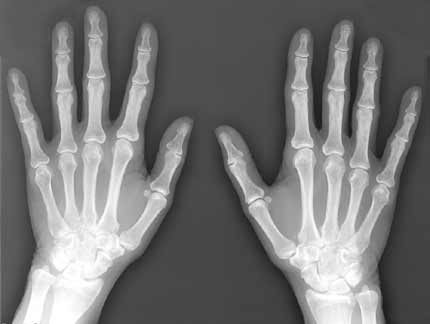
X-ray cameras allow physicians to properly diagnose patients using advanced radiographic techniques. Courtesy of University of Virginia Medical Center
Medical Applications of X-Ray Cameras
Physicians use X-ray imaging to examine bone and tissue. Patients hold a metal target underneath the injured body part so that X-rays bombard the part, hit the target, then bounce back to the camera for detection and characterization. The produced image is called a “radiograph.” Radiographs use low x-ray doses to minimize damage to the patient. Dense structures will block most of the X-ray and appear white in film. Less dense structures such as muscle, fluid, or air will appear darker. Physicians can then examine the images for any irregularities.
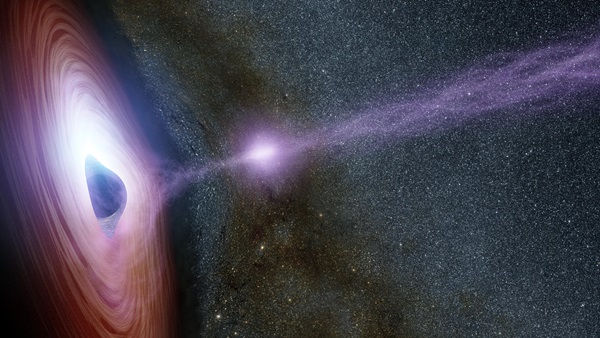
Bright, energetic sources are ideal candidates for x-ray radiation in imaging space objects. Courtesy of Astronomy Magazine.
X-Ray Cameras in Astronomy
X-radiation from space absorbs into Earth’s atmosphere, so X-ray detection devices must occupy high altitudes. Researchers install cameras and detectors on balloons, rockets, and satellites to record X-rays emitted from different space objects. Cosmic objects act as the X-ray source in this imaging process. The rays transmit through space and pass through an object of interest to record on an X-ray camera. X-ray astronomical technology has made such advances that telescopes and cameras can collect X-rays from energetic sources millions of lightyears away.

Dear Sir
There is requirement for the following item:
Hard X-Ray CCD camera
Do I send specs
If in a position to quote let me know to proceed further
Regards
R.N.Sharma
CEO Globe Solutionz
No-21 Sec-14
Rohtak 124001 INDIA
Tel 919812068988 Fax 911262279995
Mail: rniwas@globesolutionz.com
Hi Ram,
Thanks for inquiring, We sent your inquiry to one of the suppliers on FindLight, who will believe, might have a suitable solution for you. We copied you in the email.
In the future, please note that you can directly reach out to any supplier of FindLight by using the “Request Quote” radio-button from product pages.
Sincerely,
The FindLight Team